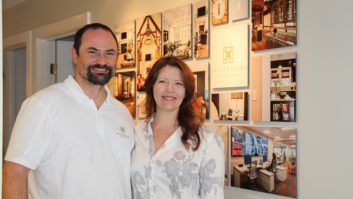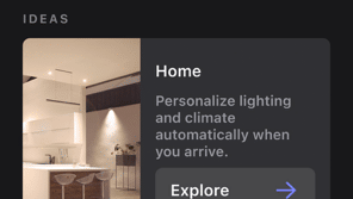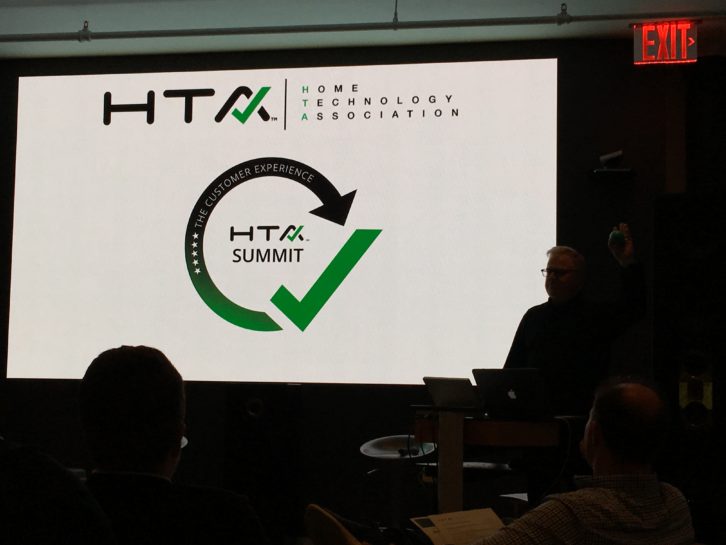
The Home Technology Association (HTA) recently held its East Coast Customer Experience Summit in New York City. And, as usually happens when custom dealers and industry manufacturers get together, the day was filled with meaningful conversations about how best to serve our customers while maintaining the integrity of our businesses.
The day began with an overview from Eric Thies, founder of DSI Luxury Technology in Los Angeles and a passionate volunteer for the HTA. In his presentation, Thies explained how certification from HTA can help an integration company stand out from the “trunk slammers.” (He also referred to them as “White Walkers” as he peppered entertaining Game of Thrones references throughout his speech.)
The numbers that Thies offered were eye-openers — 50 percent of homeowners are unhappy with their technology, which should not have been surprising given that the amount of quality business trunk slammers take out of the industry is estimated by HTA as $220 million.
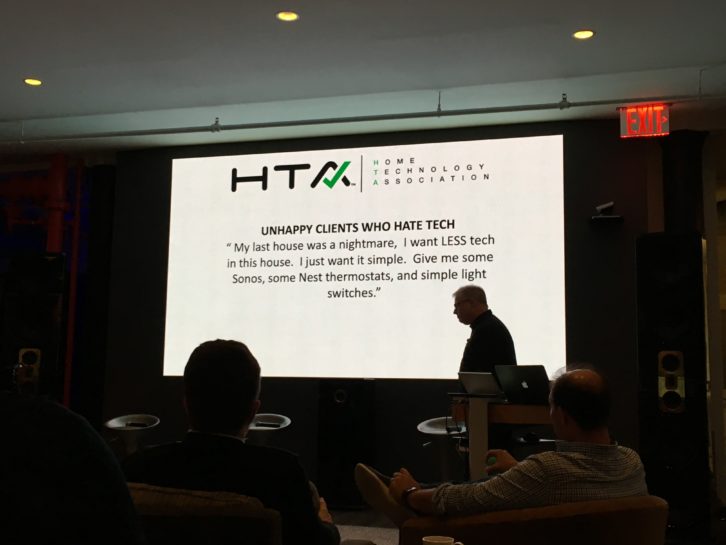
To combat these bad business people, Thies reminded attendees to use the resources that the HTA provides and, more important, to make sure that potential clients know that they are HTA certified — which only 2 percent of the industry has achieved at this point. “Put it in your bid specs,” he recommended.
Related: Do Certifications Matter?
Later in the day OneVision founder and CEO Joseph Kolchinsky provided some exceptional advice on turning your service agreements from a cost center to a profit center — something that is especially important now that more and more connected devices are falling under the purview of the integrator. “We have the tools, trucks, expertise, and the clients who will pay for high-quality service,” he said. “The only thing missing is the scale of operation.”
He explained that advanced support is where we make money, but basic support is taking up more and more of our time. He also pointed out that we are the only industry that has to solve things remotely for the homeowner. You don’t see plumbers having to do that.
The key is in establishing boundaries — there is business you would walk away from because it does not fit with your brand or your expertise. You need to treat service the same way and construct a profitable service program that you are comfortable with.
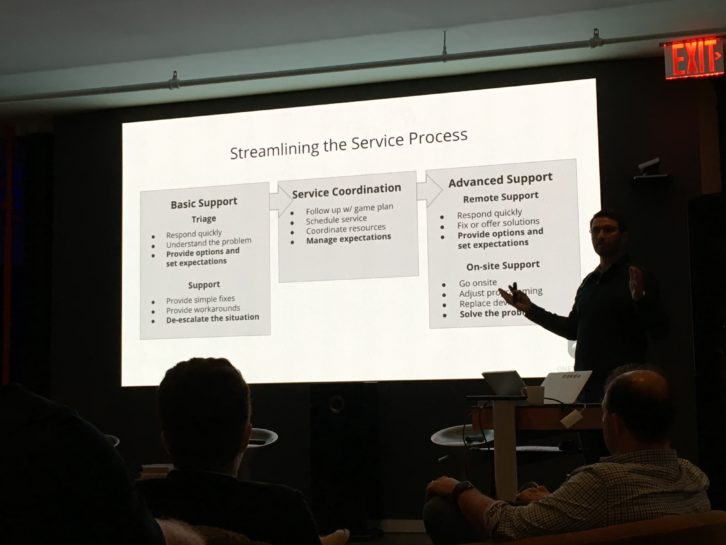
He went on to give an example of a possible service program that could generate thousands of dollars in revenue. “It is not about RMR,” he said. “It is about creating a profitable framework for doing service with clients at any time, and turn a money pit into a profit center.”
Related: The Four Keys to a Successful Service Transformation
I cornered him after his presentation and begged, er, asked him to write this story for Residential Systems (which he has contributed to many times before). This has been a pain point for many for far too long, and Kolchinsky offers a much-needed solid solution.
Stay tuned.
Want more stories like this delivered to your inbox every day? Then sign up for the free Residential Systems eNewsletter here.
